When it comes to riding motorcycles, safety is a paramount concern, especially for kids. Ensuring that your child has a properly fitting motorcycle helmet is crucial for protection in case of an accident. The right helmet can reduce the risk of injury and also enhance the riding experience by ensuring comfort. This article will provide essential tips for selecting, fitting, and maintaining a kids motorcycle helmet, ensuring your child stays safe and comfortable during their rides.
The Importance of a Proper Helmet
Protecting Young Riders
The primary purpose of a motorcycle helmet is to protect the rider’s head. In the event of an accident, a helmet absorbs impact and reduces the risk of severe head injuries. For children, whose skulls are still developing, wearing a well-fitted helmet is vital in preventing lasting damage.
Accidents can happen at any time, which is why having the right gear is crucial. A properly fitting helmet not only reduces the risk of injury but also instills confidence in young riders. Knowing they are protected allows them to enjoy their experience without unnecessary fear.
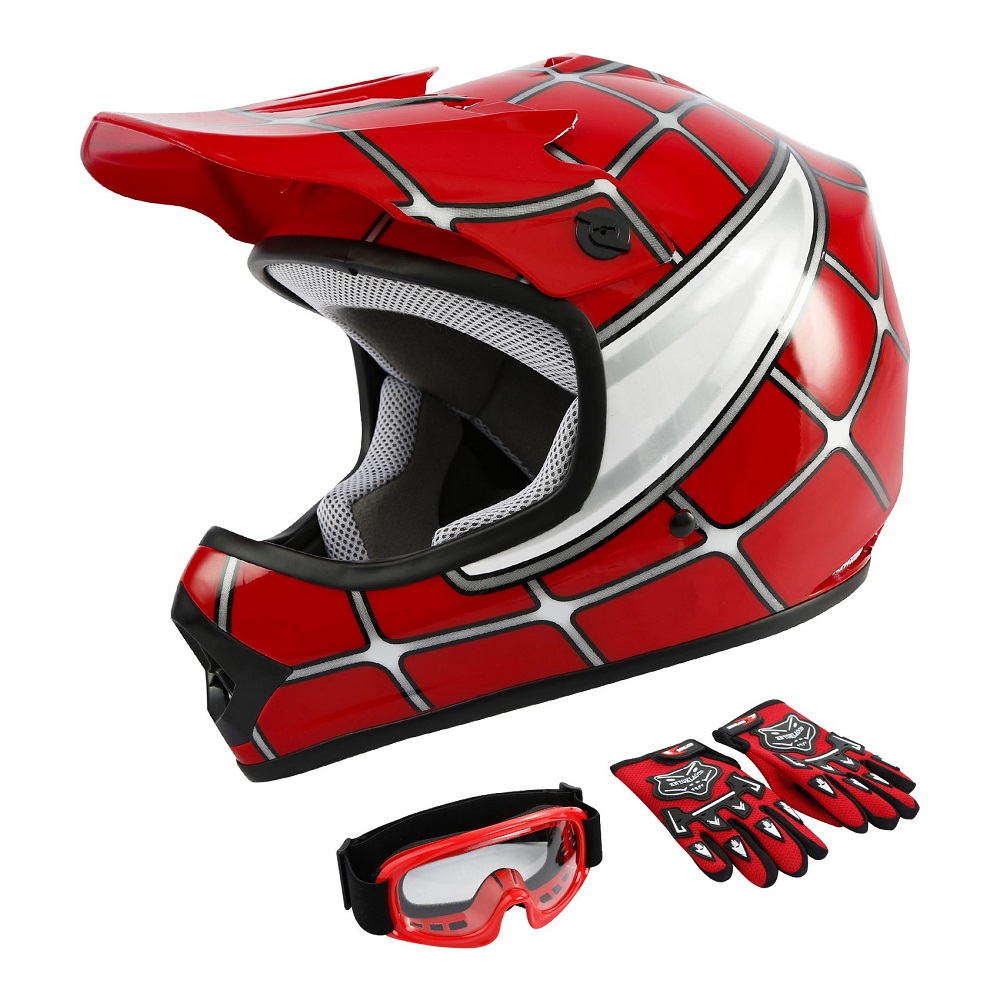
Understanding Helmet Standards
Not all helmets provide the same level of safety. It’s essential to choose a helmet that meets safety standards established by organizations such as the Department of Transportation (DOT) or the Snell Memorial Foundation. These standards ensure that helmets have undergone rigorous testing and can withstand impacts effectively.
When purchasing a helmet, check for certification labels inside the helmet. Helmets that meet these rigorous safety criteria are created to protect against significant forces. Educating yourself about these standards can guide you toward making informed decisions when selecting a helmet for your child.
The Psychological Aspect of Helmet Use
Encouraging children to wear their helmets is critical for their safety. Young riders must understand the importance of wearing helmets, not just for safety but also as a part of riding culture. Acknowledging the unveiling of responsibility associated with wearing a helmet can help instill good habits in young riders.
Choosing a helmet that features their favorite colors or characters can incentivize children to wear it willingly. When they feel a personal connection to their helmet, they are more likely to consistently use it. This aspect can significantly impact their understanding of safety while riding.
Factors to Consider When Choosing a Helmet
Helmet Types
There are several types of motorcycle helmets designed for different types of riding. Full-face helmets provide the most protection, covering the entire head and neck. These helmets are perfect for young riders engaging in more aggressive riding.
Open-face helmets expose the face while still providing head protection. These are suitable for casual riding but offer less coverage than full-face models. Half helmets are even less protective, covering only the top half of the head. For young riders, full-face or open-face helmets are advisable to ensure maximum safety.
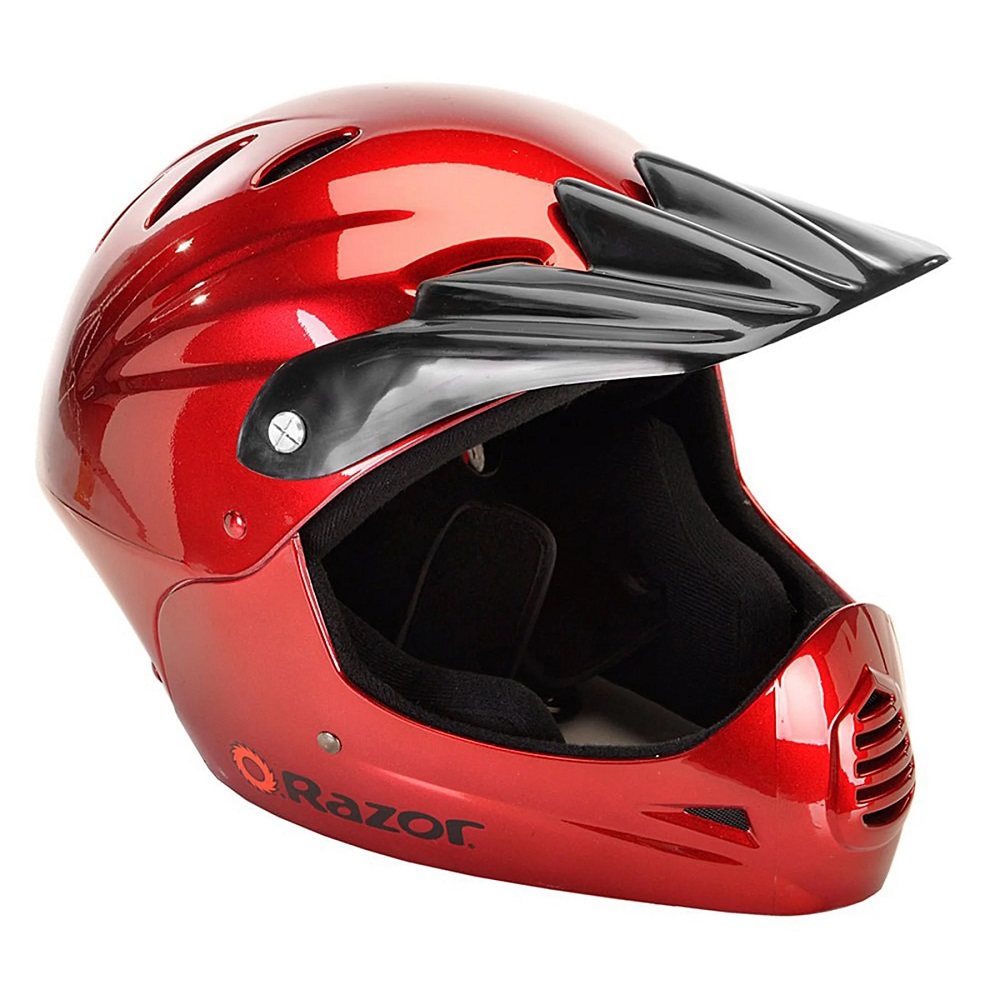
Weight and Comfort
The weight of a helmet can affect comfort significantly. A heavy helmet can be uncomfortable for children, especially during longer rides. Look for lightweight options that do not compromise safety and protection. Materials such as polycarbonate or fiberglass help keep the helmet light while still offering adequate protection.
When trying on helmets, ensure that your child does not feel any undue pressure on their neck or head due to weight. The comfort level will directly impact the child’s willingness to wear the helmet. A comfortable helmet will be worn without complaint, ensuring the child remains safe while riding.
Sizing and Fit
Finding the right size for a child’s helmet is essential for its effectiveness. Each brand may have slightly different sizing, so it’s important to measure your child’s head. Use a flexible measuring tape to determine the circumference of their head at its widest part, typically above the eyebrows and around the back of the head.
Most brands provide sizing charts that can guide you in selecting the correct size based on your measurements. Choose a helmet that fits snugly without exerting too much pressure. There should be no gaps between the helmet and the child’s head, and the helmet should level on their head without tilting.
Assessing Comfort and Padding
Inner Padding Materials
The inner padding of a helmet contributes significantly to comfort. High-quality helmets feature moisture-wicking materials that help manage sweat. Look for removable and washable padding to keep the helmet fresh and hygienic.
Memory foam padding can adapt to your child’s head shape over time, providing increased comfort. It ensures that the helmet fits better after several uses. Comfortable padding is essential for children who might be more sensitive to pressure points or irritation.

Ventilation Systems
Comfort goes beyond the padding; ventilation plays a pivotal role, too. A helmet with adequate ventilation can help keep your child cool during rides. Ventilation holes allow airflow, preventing buildup of heat and humidity inside the helmet.
Choose models with adjustable vents so that you can control the airflow according to weather conditions. Being able to manage ventilation ensures that your child remains comfortable, allowing them to focus on their ride rather than feeling overheated.
Trying It On
Once you’ve selected a helmet based on size and features, it’s essential to try it on. Have your child wear the helmet and ensure that it sits comfortably on their head without shifting. Adjust the straps and ensure that it fits snugly.
Observe how your child reacts during the fitting process. They should feel secure without feeling too tight or uncomfortable. Allow your child to wear the helmet for a few minutes to assess comfort levels. The goal is to find a helmet that your child will be happy to wear regularly.
Ensuring Proper Use
Understanding Strap Adjustment
After selecting the right kids motorcycle helmet, ensure that the straps are adjusted correctly. Properly fitting straps make a significant difference in the helmet’s effectiveness. The helmet should fit snugly against the chin while still allowing for comfortable movement.
When adjusting the chin strap, ensure that it’s neither too tight nor too loose. A good rule of thumb is that the strap should not allow the helmet to move excessively when shaken. Confirm that the helmet remains securely in place, as this plays a critical role in safety.
Educating Your Child
It’s essential to educate your child about the importance of wearing their helmet correctly. Discuss the reasons why the helmet must fit snugly and be worn every time they ride. Taking the time to explain contributes to their understanding of safety and increases the likelihood that they will adhere to guidelines.
Consider making helmet safety education fun by sharing success stories or engaging in games that emphasize the importance of wearing a helmet. Empowering children with knowledge about helmet safety and responsibility will encourage them to prioritize their well-being.
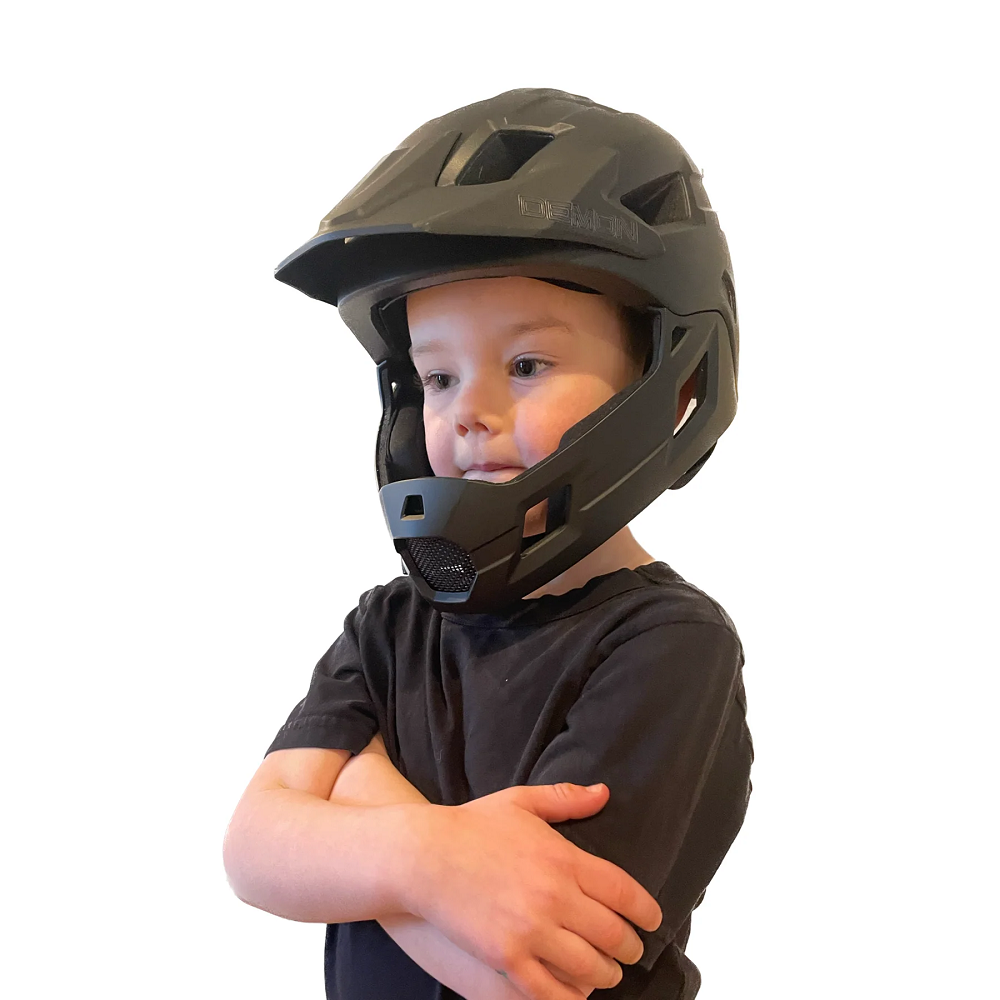
Creating a Comfortable Routine
Developing a pre-ride routine may be helpful for ensuring that your child wears their helmet every time they ride. Make it a habit to check that the helmet fits correctly before heading out. By incorporating this routine, your child will become accustomed to wearing their helmet naturally.
Encouraging them to personalize their helmet with stickers or paint can create excitement around the helmet-wearing process. The more invested they feel in their helmet, the more likely they will be to wear it consistently. Motivation will lead to a safer riding experience overall.
Traveling with Your Helmet
Proper Storage
When not in use, properly storing your kids motorcycle helmet is crucial. Keeping it away from direct sunlight can prevent damage to the materials. Storing the helmet in a protective bag or original packaging can help safeguard it.
Avoid placing heavy items on top of the helmet, as this can distort its shape. Using a dedicated shelf or storage container allows for better organization and helps maintain the helmet’s integrity over time.
Regular Inspections
Regularly inspect the helmet for signs of wear or damage. Check for cracks, dents, or any changes in the padding that might indicate it needs to be replaced. Additionally, assess the straps to ensure they are in good working condition.
Educate your child to recognize when their helmet might need to be repaired or replaced. Taking proactive steps to check the helmet can prevent potential safety hazards and encourage accountability regarding their equipment.
Traveling Safely
When traveling with the kids motorcycle helmet, secure it in a way that prevents damage. If transporting it in a bag, ensure it is cushioned adequately to prevent impact. Properly storing the helmet during travel safeguards it against any unforeseen circumstances.
When your child approaches you for a helmet during rides, remind them to check their gear before proceeding. Emphasizing the importance of safe traveling habits reinforces the significance of wearing a properly maintained helmet.
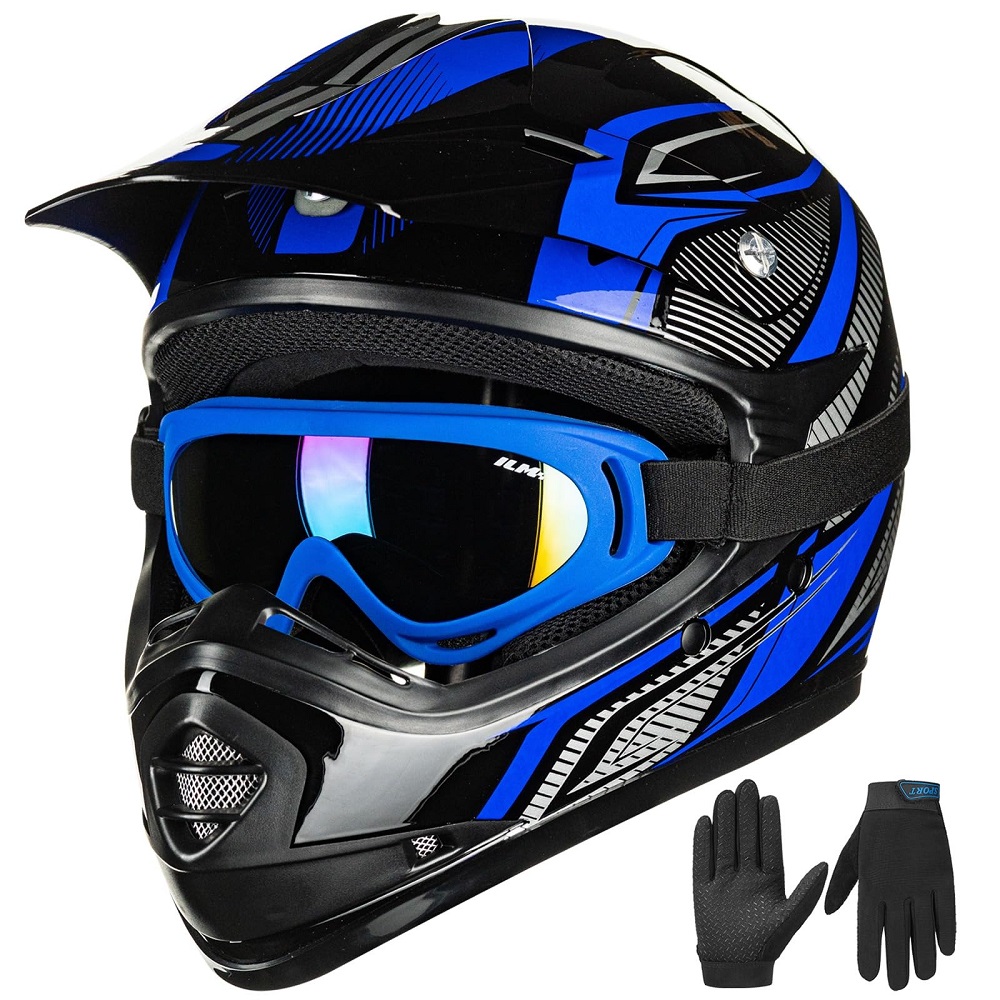
Engaging with the Motorcycle Community
Connecting with Other Riders
Becoming involved in the motorcycle community can greatly enhance your child’s riding experience. Connecting with other riders can foster friendships and provide support for their passion. Consider taking your child to local riding events, where they can meet those who share similar interests.
Communities often hold organized rides, safety courses, or social gatherings. These events provide opportunities for education and fun. Sharing experiences with peers can strengthen your child’s love for motorcycling while creating lasting memories.
Participating in Events
Encouraging your child to participate in events related to motorcycling can nurture their enthusiasm. This could involve attending charity bike rides or motorcycle safety days. Many events focus on the joy of riding while emphasizing safety and education.
Wearing their helmet proudly at these events instills a sense of accomplishment. It also reinforces the importance of safety gear within the community. Associating their helmet with positive experiences can foster a stronger commitment to wearing it consistently.
Sharing Experiences
Consider encouraging your child to share their experiences within the motorcycle community. Whether through social media, blogs, or local newsletters, sharing their journey fosters a proactive approach to their passion. Documenting their learning can inspire other young riders while reinforcing their knowledge.
Sharing stories about enjoyable rides, challenges faced, and triumphs achieved can contribute positively to the community. By sharing experiences, your child can inspire others and engage deeply with the culture surrounding motorcycling.
FAQ:
- How do I measure my child’s head for a motorcycle helmet?
- To measure your child’s head, use a flexible measuring tape and wrap it around the largest part of their head, typically just above the eyebrows and ears. Make sure the tape is snug but not tight. Record the measurement in inches or centimeters and refer to the sizing chart of the helmet manufacturer to find the correct size.
- What type of motorcycle helmet is safest for kids?
- The safest helmets for kids are those that are certified by safety standards such as DOT, ECE, or Snell. Look for helmets that provide full coverage, like full-face or modular helmets, as they offer better protection. Ensure the helmet fits snugly and securely on your child’s head without wobbling.
- How can I ensure a proper fit for my child’s motorcycle helmet?
- A properly fitting helmet should sit level on your child’s head and cover their forehead without pushing against their eyebrows. The straps should form a “V” shape just below the ears, and you should be able to fit one or two fingers between the chin strap and your child’s chin.
- What features should I look for in a kids’ motorcycle helmet for comfort?
- Look for features such as a lightweight design, ample ventilation, and moisture-wicking inner padding that can help keep your child cool and comfortable while riding. Additionally, removable and machine-washable liners can help maintain hygiene and fit over time.
- How often should I replace a child’s motorcycle helmet?
- It’s generally recommended to replace a child’s motorcycle helmet every 3 to 5 years, depending on wear and tear, even if it hasn’t been involved in an accident. If the helmet has been dropped or involved in an impact, it should be replaced immediately, as internal damage may not be visible.
Conclusion
In conclusion, ensuring that your child has the right motorcycle helmet is vital for their safety and enjoyment while riding. Understanding how to choose a properly fitting helmet is the first step in providing protection. Selecting high-quality materials and matching the fit to your child’s needs is essential.
Teaching the importance of wearing their helmet, conducting regular checks, and instilling a sense of responsibility will help ensure that they prioritize safety. Connecting them to the motorcycle community enhances their experience, providing opportunities to foster friendships and learn from others.
Through education and practice, your child can enjoy the thrill of riding while staying safe with affordable kids motorcycle helmet with adjustable straps. Embrace the journey together as you explore the world of motorcycling and instill important values of safety and responsibility. With the right tools, knowledge, and support, your child can look forward to many adventure-filled and secure rides ahead!
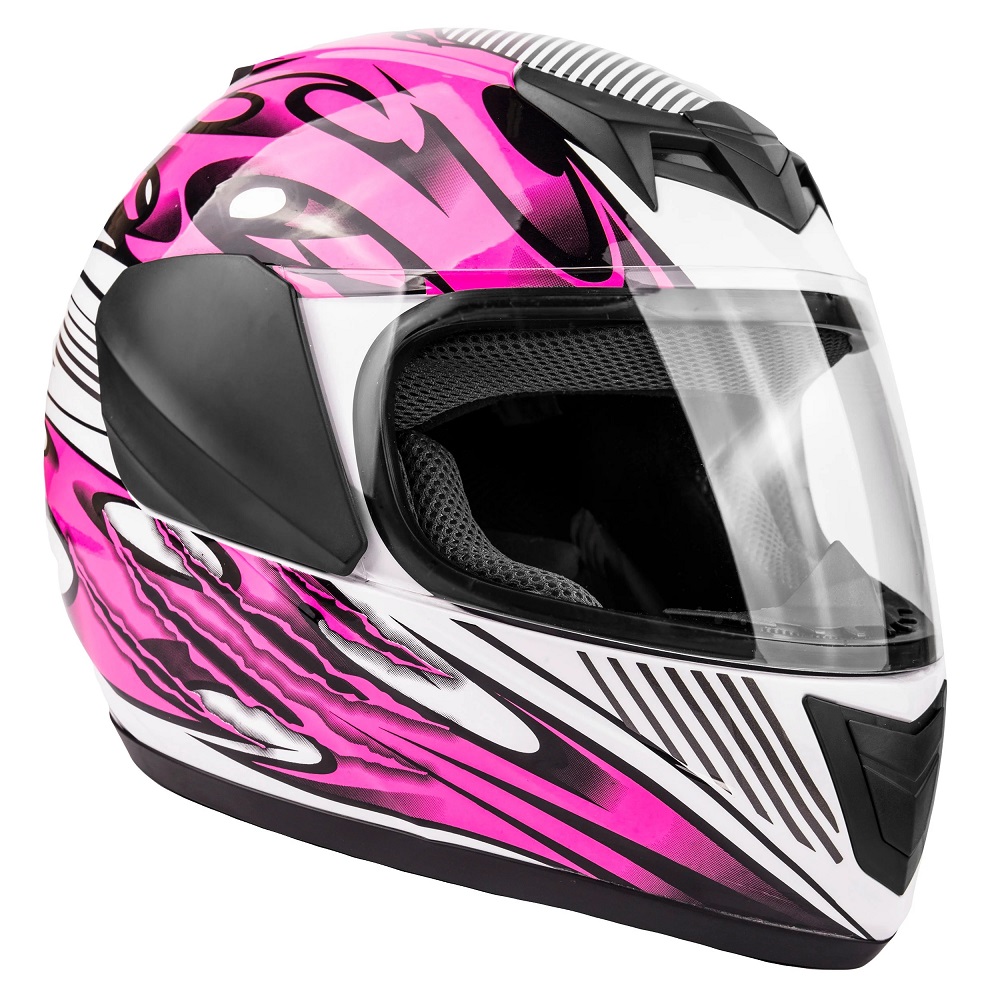
Leave a Reply